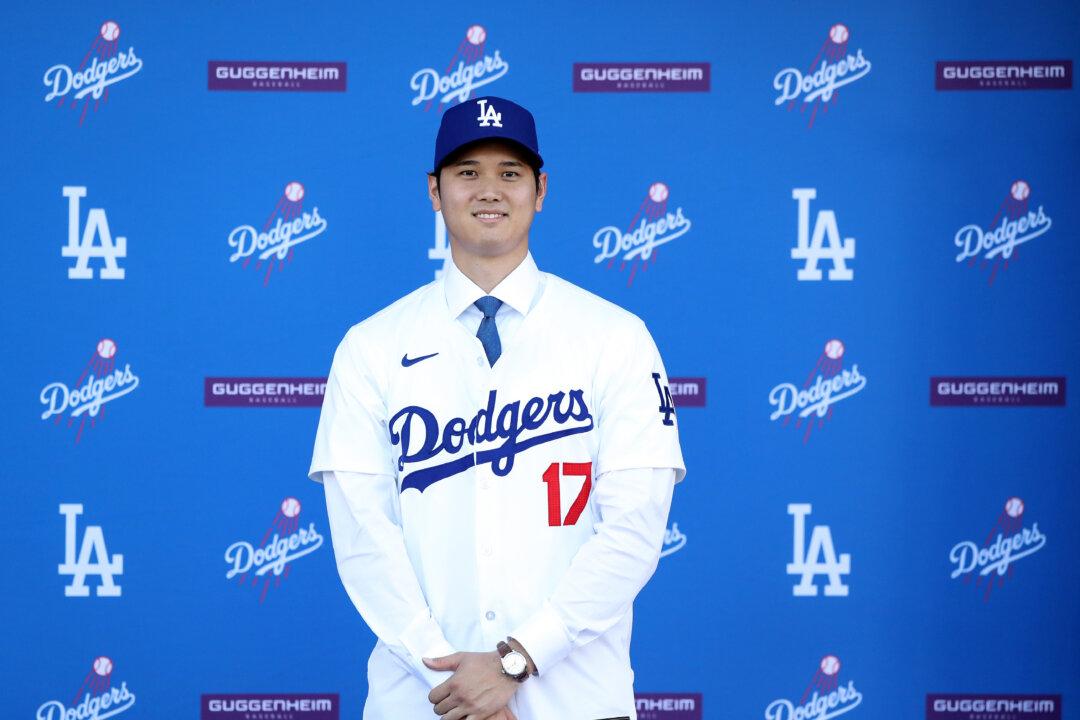Commentary
Shohei Ohtani is a Japanese baseball star who just signed a $700 million contract with the Los Angeles Dodgers, making him one of the highest paid players in sports history.

Shohei Ohtani is a Japanese baseball star who just signed a $700 million contract with the Los Angeles Dodgers, making him one of the highest paid players in sports history.